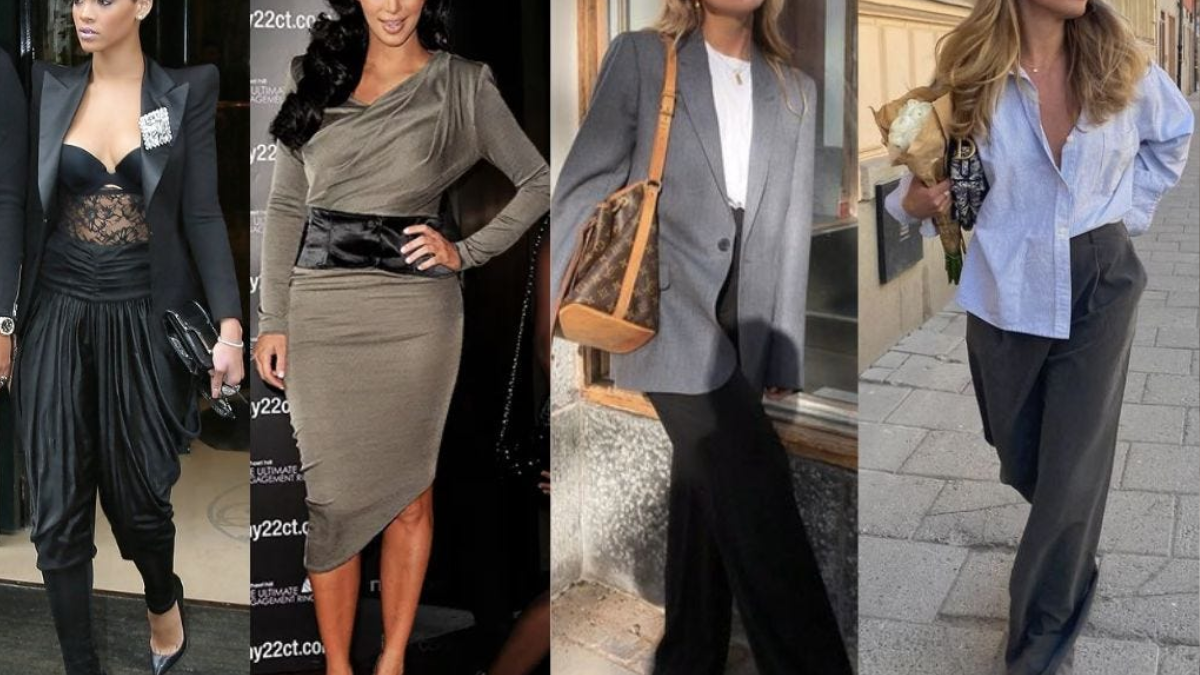 medium
medium
Advertisement
When Poverty Becomes an Aesthetic
You’ve seen it on your For You page: a grainy video montage of instant ramen, a flickering lamp in a too-small bedroom, thrifted clothes on metal hangers, a caption like “she’s living the recession-core dream.” It looks raw, real, and a little romantic. Welcome to Recession Core—2025’s most quietly explosive aesthetic.
At first glance, it seems like just another microtrend born from the algorithm. But unlike Cottagecore’s whimsy or Clean Girl minimalism, Recession Core isn’t selling fantasy—it’s reframing financial instability as a vibe. It’s the soft glamorization of economic anxiety, turned into content. And Gen Z can’t stop watching.
What’s striking is that Recession Core doesn’t pretend to be glamorous. It embraces struggle. Think: reused candle jars, chipped mugs, doing laundry in the sink, patching holes in your jeans. There’s no aspirational luxury here—just the artful performance of getting by.
But that performance has weight. In a world where rent has tripled, wages remain stagnant, and even oat milk feels like a splurge, Recession Core isn’t just aesthetic—it’s a cultural scream under a thrifted blanket.
What does it say about capitalism in 2025 that surviving has become not just a reality, but an online persona?
Why is Gen Z finding comfort in styling poverty?
And more importantly—who gets to aestheticize struggle without actually living it?
This isn’t just about vibes. It’s about class, labor, and digital fatigue. It’s about watching capitalism collapse in real time—while dressing the part.
From Girlboss to Goblin: The Death of Aspiration Culture
A few years ago, being broke wasn’t cool—it was shameful. You worked harder. You side-hustled. You posted your vision board and manifested passive income.
Now? The Girlboss has died. The new aesthetic is anti-aspirational. Recession Core signals that you’re in on the joke. That you’re aware the system is broken—and you’re not pretending to beat it. You’re styling your defeat.
That shift isn’t accidental. Gen Z watched:
-
Crypto dreams crash
-
Mass layoffs go viral
-
Landlords become meme villains
-
Inflation eat their groceries
There’s no point in pretending the hustle will save them. So they turned survival into content. They’re not thriving—they’re vibing in the ruins.
When Thrifting Becomes a Statement (and Then a Trap)
Recession Core’s uniform is unmistakable: oversized knits, pilled tote bags, scuffed sneakers, patched-up pants. It’s DIY meets desperation, layered with lo-fi filters and deadpan captions like “can’t afford therapy but here’s my $3 sweater.”
Thrifting used to be a necessity. Then it became sustainable. Now it’s both survival and style.
But here’s the twist: as Recession Core gets popular, it raises the prices of poverty.
Low-income communities lose access to affordable thrift items because of TikTok-fueled demand. Vintage shops jack up prices. Fast fashion brands mimic thrift aesthetics—only to mass-produce them with exploitative labor.
So even the aesthetic of struggle becomes profitable—but never for the people who started it.
The Performance of Pain: Is It Real If It’s Filtered?
One of the most uncomfortable parts of Recession Core is how real struggle becomes aestheticized, even fictionalized. People with financial safety nets post grainy “broke girl dinner” reels for clout. Poverty becomes a brand—accessible, performable, even profitable.
But when poverty becomes performance, it silences the real thing. Because who gets listened to? The influencer who stages a sad-girl night on her IKEA mattress? Or the person living in precarity with no filter?
This disconnect reveals a lot about digital capitalism: it sells hardship, but only when it’s cute.
Capitalism’s Collapse, But Make It Viral
Recession Core is not rebellion—it’s resignation. It’s what happens when you can’t fix the system, so you turn it into aesthetic spectacle.
The bitter irony is this: capitalism collapses, and somehow it still finds a way to monetize the ruins. It sells struggle back to us as content. It tells us we’re part of a “movement” when really, we’re just broke and online.
Even worse, many Recession Core influencers are getting brand deals. They’re being paid to appear broke. The rest of us? We’re just trying to afford rent.
So when we ask what Recession Core says about capitalism, the answer is chilling:
Even failure has been commodified.
Conclusion: Aestheticizing Collapse Won’t Save Us
Recession Core isn’t just a vibe—it’s a mirror. It reflects a generation disillusioned with every promise they were given.
Get a degree? You’ll be in debt, Work hard? You’ll burn out, Save money? There’s nothing left to save, Dream big? Not in this housing market.
So Gen Z did what they do best: they turned the mess into a moodboard.
But while Recession Core might offer fleeting catharsis, it also risks normalizing economic decay. It risks telling young people that poverty is just a phase, or worse—a personality.
Because here’s the truth: Struggle shouldn’t be aesthetic.
Living paycheck to paycheck isn’t chic.
Not being able to afford dinner isn’t a TikTok trend, It’s a crisis.
The problem isn’t that Gen Z is making art from their pain. That’s resilience.
The problem is that capitalism has found a way to profit off that pain—without solving it.
Recession Core won’t fix the system. But maybe it will force us to look at it. Maybe it will make us stop pretending that everything’s fine. Maybe it’s not a trend at all—but a warning dressed in thrifted denim.
This aesthetic didn’t come from nowhere. It came from the ashes of a system that told us we’d be okay if we just worked harder, looked better, or believed more.
Now, we know better.
The question is: what comes after the aesthetic—when survival stops trending?
